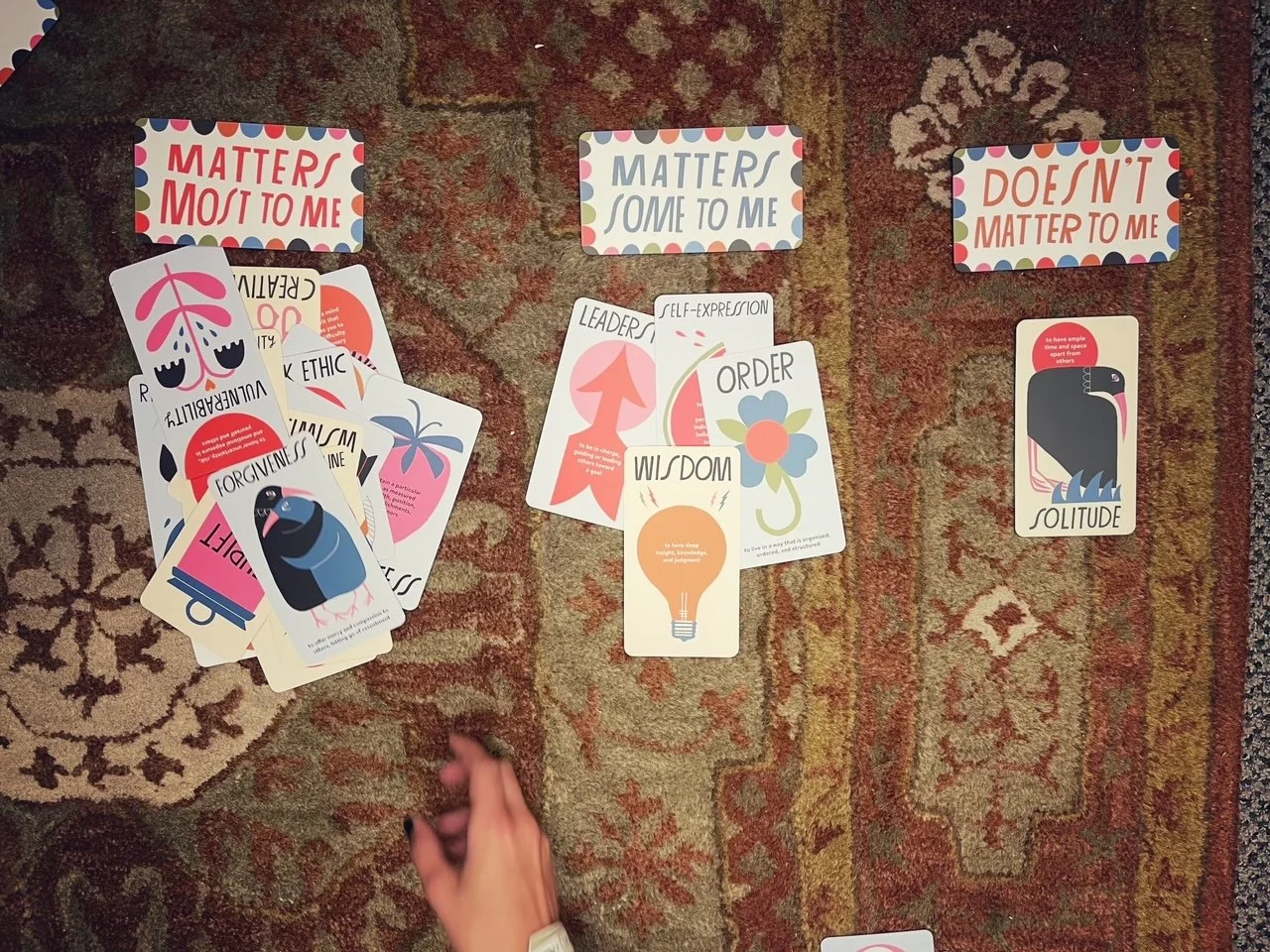Blog
Why choose emotional acceptance?
Emotional acceptance is a foundational concept of mindfulness, as well as exposure therapy. But why would you choose to accept difficult emotions instead of fight to eliminate them? Obsessive Compulsive Disorder fundamentally springs from an intolerance of distress and a constant need for a sense of safety and control. Acceptance of emotions not only plays a part in reducing OCD symptoms; but also ultimately leads to an even more important asset: self-acceptance.
What is Self-Harm OCD?
Self-Harm OCD is a tricky concept for clients and clinicians alike, because it can be easily confused for true intent to self-harm. OCD sufferers themselves are not fully sure if suicidality or desire to self-harm comes from intrusive thoughts, or truly represents their desires.
How to Resist the OCD Double-Check
One of the first compulsions we may work on in exposure therapy is the urge to double, or triple check, when we know we have completed something well. Our smart brains are fully aware of the memory of having completed a task, but our OCD brain comes in and plants the slightest seed of uncertainty.
Letting Go of Possessions: Uncertainty Challenge
One of the contradictions of Obsessive Compulsive Disorder (OCD) is a persons’ relationship to objects. For some with OCD, minimalist possessions are necessary to achieve symmetry and order. In other forms of OCD (which can be co-occurring with symmetry OCD), objects represent some level of certainty. Holding onto an object can mean we are not parting ways with a memory we do not wish to forget, or that we will regret not having the object in the future. Holding on to an object can also be a safety mechanism.
Cell Phone Compulsion Challenge
A common homework challenge for Exposure Response Challenge is compulsion breaking around cell phone use. While most modern humans have some over-checking with their phones, those of us with OCD can have critical anxiety behavior that revolves around this otherwise enjoyable device.
Psychoanalytic Therapy vs OCD Therapy
Well-executed OCD treatment is very distinct from standard psychoanalytic therapy. Clients are often surprised at the different energy and must readjust their expectations.
Let's stop feeding the OCD Monster: ERP for Kids
It is helpful for a child to imagine and name an OCD monster!
The name that the child chooses can be silly, scary, or practical – but the important part is that naming the OCD monster helps externalize the disorder. The child must understand that the OCD monster is making them do something and that it is not actually what they want or need to do.
What is the family OCD cycle and how to stop it
Obsessive Compulsive Disorder, especially in the pediatric presentation, does not exist in a vacuum. Usually, family members are supporting and enabling the OCD to flourish. This happens despite family members’ intense dislike of the OCD behaviors and deep concern about how it is impacting their loved one.
5-4-3-2-1 Mindfulness Countdown
Obsessive Compulsive Disorder and Anxiety often feature excessive rumination, and worry cycles. Sometimes our thoughts can clutter up our brains and literally prevent us from noticing our surroundings. Other times, we might spin into panic and feel that our body is betraying us. 5-4-3-2-1 is a simple mindfulness exercise that engages each of the 5 senses and can help halt anxious thoughts by bringing you back into your body, to the present moment, and to a state of more ease and enjoyment.
Yoga Therapy and the OCD Journey
The power of yoga and yoga therapy is in the attention and intention you bring to your own experience. When you step onto your mat, you are stepping into an intentional space and inviting gentle curiosity along with you. In this way, yoga therapy can be a brilliant adjunct to OCD therapy.
The ACE technique and how can it help with OCD
The basic principle is that we need to anchor ourselves back to our real lives when an obsessive cycle hits. It is easy for those of us with OCD, or Obsessive Compulsive Personality Disorder (OCDP), Dr. Pinto’s specialty, to float off into the ocean of angst and chaos. Dropping anchor, through the technique of A.C.E., keeps our ship steady in place while the disquiet and the discomfort of dysregulation hits.
What if I don't do any compulsions?
Many individuals, including mental health practitioners, have a very limited definition of what qualifies as a compulsion.
Most are able to identify obsessive thought but then many mischaracterize or simply miss the ritualistic behavior that aims to short-term neutralize the obsessive fear.
What is Ego-Syntonic and Ego-Dystonic OCD?
While not types of OCD, the categories of ego-syntonic and ego-dystonic are incredibly valuable designations to make during OCD treatment. Ego-syntonic presentations of OCD are tendencies that are compatible with one’s true outlook and values. Whereas with ego-dystonic OCD, the obsessions and compulsions of the individual actually run contrary to the person’s true character.
Perfectionism OCD
Aside from contamination (ie. hand-washing) OCD, perfectionism OCD is the most commonly recognized subtype of OCD in popular culture. We can all imagine the externalized compulsions of a perfectionist – checking, adjusting, redoing, and agonizing over mistakes. However, for someone with OCD, the internal struggle is actually far more significant than the perfectionistic behaviors.
What is emotional avoidance in OCD?
Emotional avoidance is a common challenge that can get in the way of productive healing. Those with Obsessive Compulsive Disorder (OCD) have a special propensity for emotional avoidance, as emotional reactivity tends to be high and resilience to distress tends to be low.
The Living Your Values Exercise
One of my favorite therapy exercises is to sort out values in a visual way. We rarely get the opportunity to step back and ask ourselves, are we actually prioritizing what matters most to us?
Is it Perfectionism or is it OCD?
Perfectionism is a common word but is deeply misunderstood. The true meaning of this concept, however, is much more self-destructive. Perfectionist minds tend to have very pervasive negative self-talk, saying “you are a failure” and “you messed up” over small errors or shortcomings.
Mindfulness Skills for OCD
Our minds can be a whirlwind of self-doubt, self-blame, and worry. For an individual with OCD, developing mindfulness skills may not fully quiet this overactive brain, but at the very least, will help give you distance from your worries and fears.
What is an audio exposure?
In treatment for Obsessive Compulsive Disorder, we explore many avenues for exposures to reduce distress around our client’s fears. One interesting technique is known as a “loop tape.” This exposure is basically an audio immersion to your greatest fears.
What is a written exposure?
For treatment of Obsessive Compulsive Disorder (OCD), exposure treatment can come in many creative forms. In some cases the OCD fear is based on an imagined outcome, and an in vivo (live in the therapy room) exposure is not possible. This is especially the case with dangerous or horrific intrusive thoughts. In this case, we may use a written exposure to desensitize our client to their terrible thoughts.




















